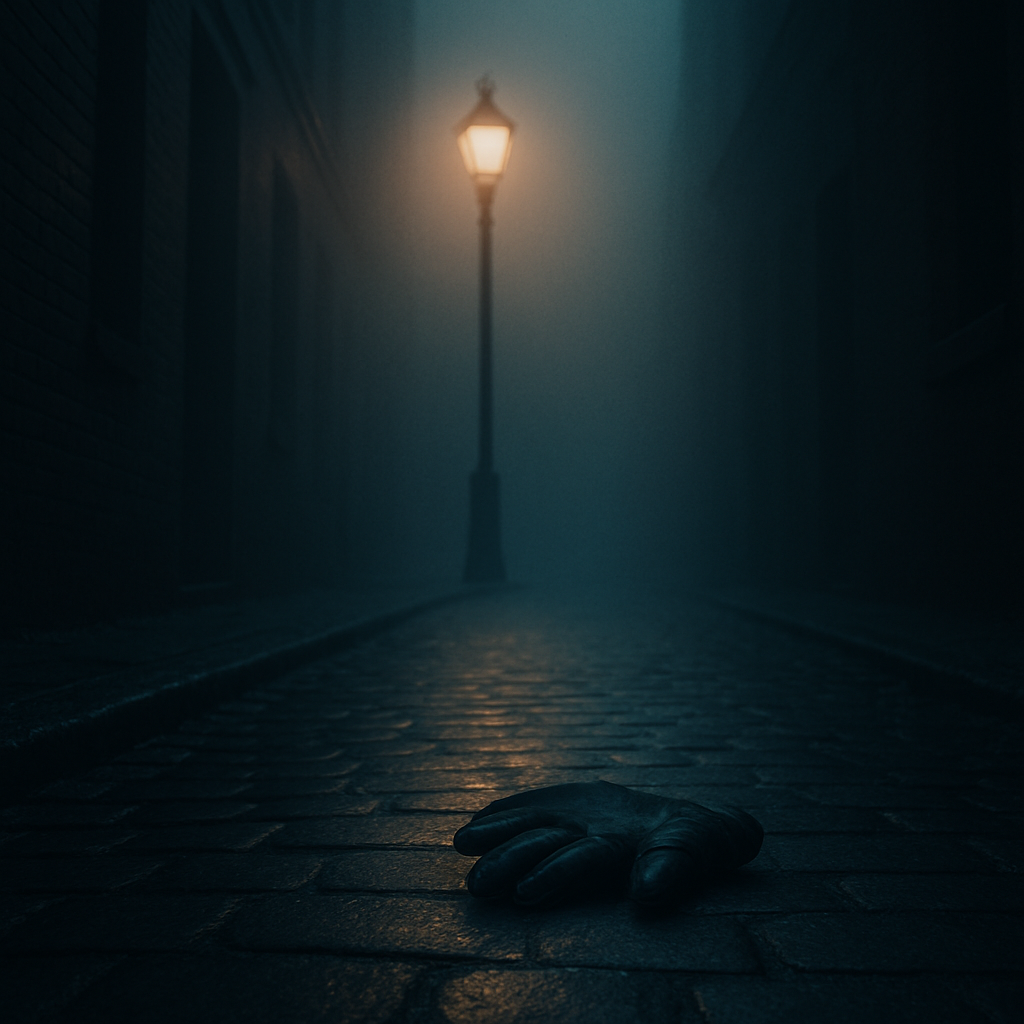The Art of the Red Herring: How Misdirection Keeps Us Hooked

You’ve been reading a mystery novel for hours. You’ve got your suspect picked. The motive is airtight. The clues line up just right.
And then… BAM. It wasn’t them. At all.
That feeling? Equal parts betrayal and delight. That, my friend, is the power of the red herring.
In mystery, thriller, and noir fiction, red herrings aren’t just tools—they’re an art form. Done right, they make stories twisty, unpredictable, and deliciously frustrating in the best way. Done poorly? You end up with a mess of confusion and eye-rolls.
So, why do red herrings work so well? And why do we, as readers, love being misled?
Let’s break it down.
🐟 First off: What is a red herring?
A red herring is a clue—or sometimes a character or situation—that's meant to lead you in the wrong direction. It’s the author whispering, “Look over here…” while quietly planting the real answer elsewhere.
The phrase actually comes from old hunting stories, where smoked red herrings were dragged along trails to confuse hounds tracking a scent. Same concept in fiction: it throws off your reader’s internal bloodhound.
And let’s be honest—when you realize you’ve been chasing the wrong scent? It’s frustrating, but also kind of brilliant.
🧠 Why Our Brains Love the Wrong Answers
Here’s the twist: readers want to solve the mystery—but we don’t really want to be right too early. If the killer is obvious from page 20, what’s the fun in that?
Red herrings keep our brains engaged. They make us think, re-evaluate, second-guess. That constant recalibration is addictive. It activates our problem-solving instincts and creates a kind of reader adrenaline.
Think of it like a game: if it’s too easy, we quit. If it’s too hard, we throw the book across the room. But when it’s just tricky enough to make us doubt ourselves? That’s magic.
🔍 The Role of the Red Herring in a Good Mystery
A solid mystery relies on three things:
- Clues that reward close attention
- A reveal that feels earned
- The illusion of certainty… that turns out to be false
Red herrings work best when they almost make too much sense. They need just enough supporting evidence to feel believable, but not so much that they feel forced. The best ones are rooted in character behavior, misinterpreted facts, or truths that look different in hindsight.
Let me put it this way: a great red herring should make you gasp twice.
Once when you’re sure it’s the answer…
And again when you realize you were wrong.
📖 Famous Red Herrings That Nailed It
Let’s talk examples (don’t worry, spoiler-free):
- In classic whodunits, there’s always the “obvious” suspect—usually with a strong motive and a shaky alibi. But nine times out of ten, it’s a setup.
- In psychological thrillers, the narrator themselves might be the red herring. You trust them… until you shouldn’t.
- In noir, it's often the femme fatale or the trusted partner who throws us off the trail, intentionally or not.
And let’s not forget the twist where the “guilty” character confesses—only for the detective to say, “Nice try. But it doesn’t add up.”
That moment? Reader gold.
🎣 Writing a Red Herring That Doesn’t Stink
Red herrings are like seasoning. Just enough enhances the story. Too much, and the dish is ruined.
As a writer, the trick is to:
- Make them believable
- Anchor them in the logic of the story
- Avoid making them feel cheap or inserted last-minute
Readers can smell lazy red herrings from a mile away. You’ve seen them—wild accusations, cartoonish villains, or that one character who’s just too suspicious to be real. The best misdirections feel like a natural part of the plot, not a distraction from it.
💡 Why We Keep Coming Back for More
So if red herrings trick us, confuse us, even make us feel a little silly—why do we love them?
Because they make us feel involved. They pull us deeper into the story, force us to pay closer attention, make us feel like participants instead of passive observers.
They keep us reading.
And when we finally reach the end, see how all the pieces really fit, and whisper, “Ohhh, I should’ve seen that…”—well, that’s a payoff no straight-line story can match.
🖋️ In My Stories…
I’m not going to lie—I love a good misdirection. In books like Harvested or Teaching Moments, I try to layer just enough clues to make you sure you know what’s going on… until I tilt the camera and show you what’s been hiding in the shadows.
Because at the end of the day, that’s what mystery fiction does best. It makes us doubt. It makes us guess. And it makes us feel something when the truth finally comes out.
So tell me…
What’s your favorite red herring from a book, show, or movie?
Or better yet—what’s one that totally fooled you?
Drop a comment below or shoot me a message. I’d love to hear it.
And if you’re looking for fiction that will move, twist, and maybe mess with your head just a little—you’re in the right place.
